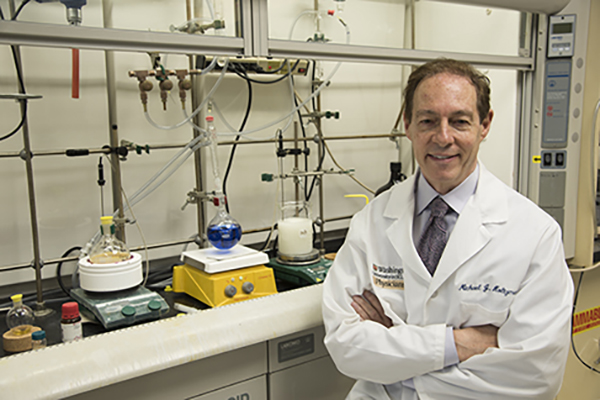
For animals such as mice, olfaction is their primary route to pick up social information, whether that’s identifying the dominant male in a group or figuring out the reproductive status of females. In turn, these signals can influence animals’ behavior and physiology. Pheromones in male urine, for instance, can trigger early puberty in mice. While these compounds deliver critical intel, the mechanism for how an olfactory cue is sensed, processed and integrated into a socially relevant behavior remains largely unknown.
Timothy Holy, the Alan A. and Edith L. Wolff Professor of Neuroscience at Washington University School of Medicine in St. Louis, has received $2.1 million from the National Institutes of Health (NIH) to fill in the gaps in knowledge about pheromone signaling. These insights could illuminate the neural pathways responsible for transforming sensory information into behavior, and in particular, point to how the environment can affect endocrine status and puberty — a known phenomenon in humans as well as mice.
Read more on the Department of Neuroscience website.


